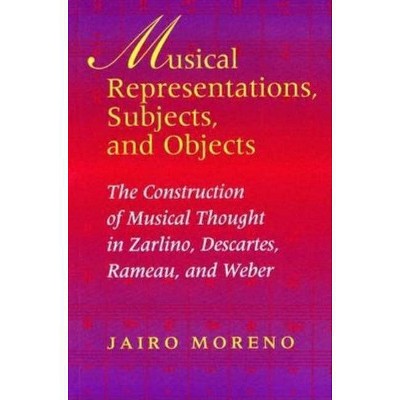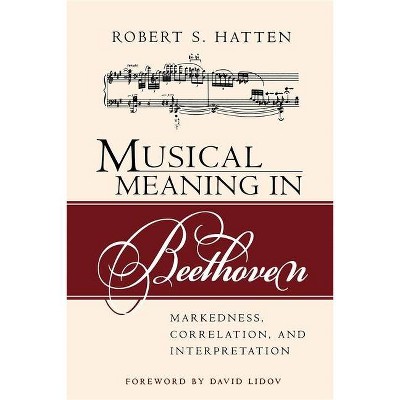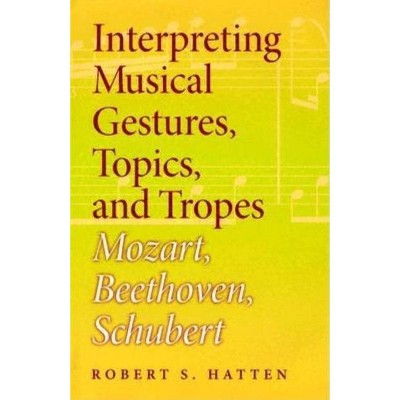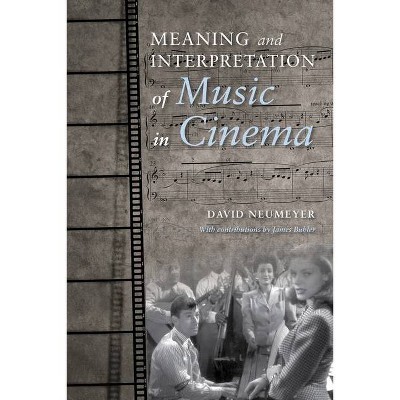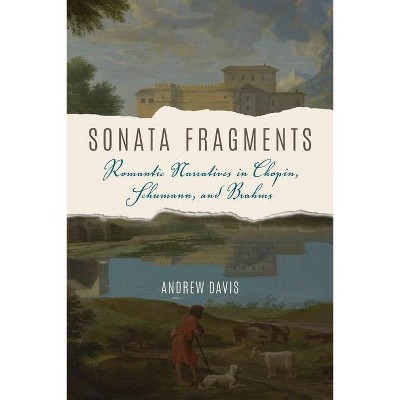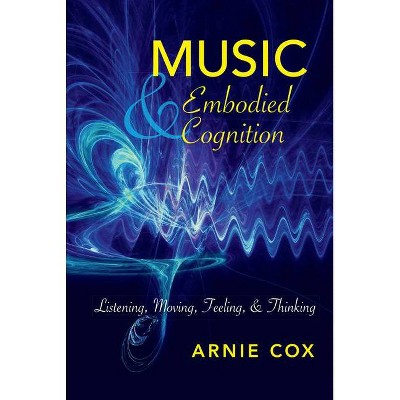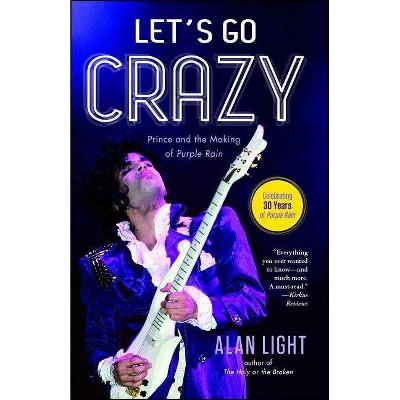Musical Forces - (Musical Meaning and Interpretation) by Steve Larson (Hardcover)
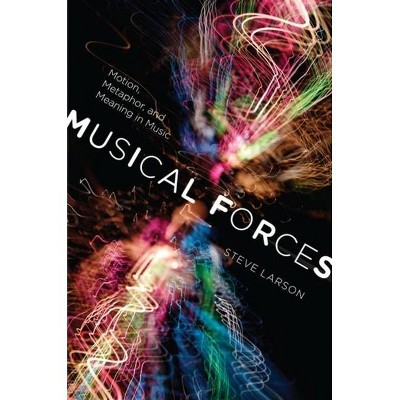
Similar Products
Products of same category from the store
Product info
<p/><br></br><p><b> About the Book </b></p></br></br>Larson elegantly demonstrated how rhythm and meter arise from, and are given meaning by, these same musical forces.<p/><br></br><p><b> Book Synopsis </b></p></br></br><p>Steve Larson drew on his 20 years of research in music theory, cognitive linguistics, experimental psychology, and artificial intelligence--as well as his skill as a jazz pianist--to show how the experience of physical motion can shape one's musical experience. Clarifying the roles of analogy, metaphor, grouping, pattern, hierarchy, and emergence in the explanation of musical meaning, Larson explained how listeners hear tonal music through the analogues of physical gravity, magnetism, and inertia. His theory of melodic expectation goes beyond prior theories in predicting complete melodic patterns. Larson elegantly demonstrated how rhythm and meter arise from, and are given meaning by, these same musical forces.</p><p/><br></br><p><b> Review Quotes </b></p></br></br><br><p>It's hard to talk about music without using the language of motion. . . Steve Larson thoughtfully integrates several seemingly disparate disciplinary threads in music theory and cognitive science in an attempt to understand why we experience music this way. His account places three musical forces--gravity, magne- tism, and inertia--at the center of the explanation. April 2013</p>-- "Music Perception"<br><br><p>Musical: Forces: Motion, Metaphor, and Meaning in Music will find a ready place in academic collections supporting study in advanced theory and musical cognition. It is well written, easy to understand, and full of good examples. The introduction by itself is a fine survey of the dialogue concerning musical meaning. By giving such an introduction, Larson's theories may well be understood as a part of an ongoing discussion.</p>-- "Music Reference Services Quarterly"<br><br><p>One can read between the lines that the publication of this book was a labor-of-love for Editor Robert S. Hatten, who describes it as 'a fitting memorial to his (Steve Larson's) visionary ideas, his love of music, and his passion for sharing both.'August 2013</p>-- "TRIANGLE MAGAZINE"<br><br><p>The potential benefits of Larson's theory of musical forces include a more explicit understanding of how we make meaning from musical experience, which in turn includes a richer understanding of the aspects of music cognition and metaphoric reasoning . . . .</p>-- "Music Theory Online"<br><p/><br></br><p><b> About the Author </b></p></br></br><p>Steve Larson (1955-2011) was the Robert M. Trotter Professor of Music at the University of Oregon and a member of its Institute of Cognitive and Decision Sciences. He was author of <i>Analyzing Jazz: A Schenkerian Approach.</i></p>
Price History
Cheapest price in the interval: 49.99 on October 27, 2021
Most expensive price in the interval: 49.99 on December 20, 2021
Price Archive shows prices from various stores, lets you see history and find the cheapest. There is no actual sale on the website. For all support, inquiry and suggestion messagescommunication@pricearchive.us
